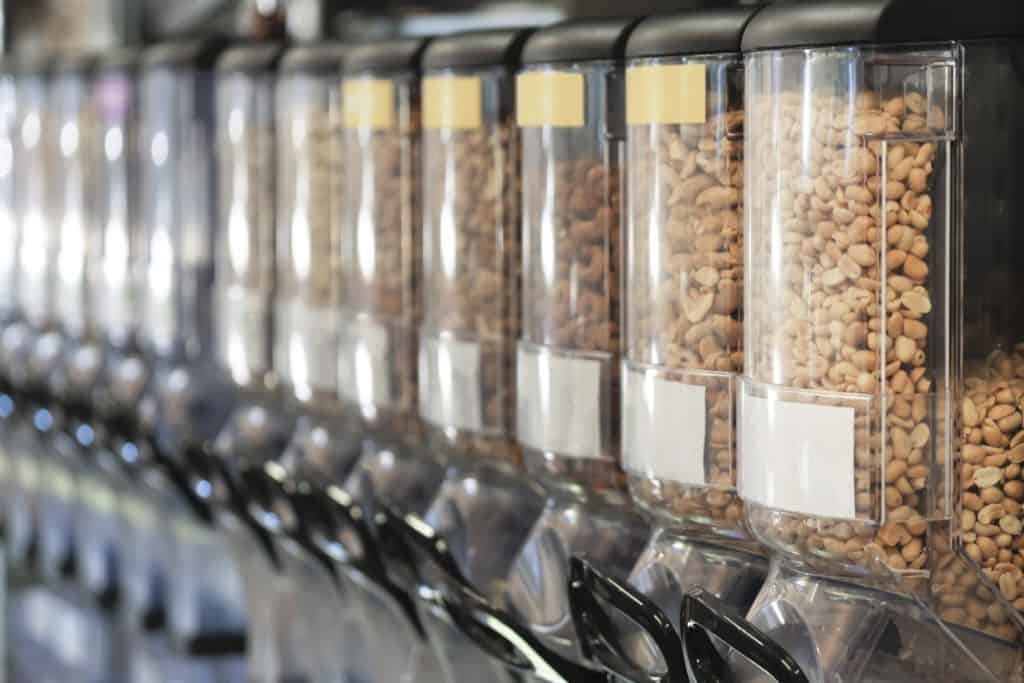
When you’re trying to save money on food, buying in bulk can be your friend. It’s not universally true for all ingredients. Let’s look at how it works best and how to work with what you’ve bought.
Buy what you’ll use.
I don’t care how good a deal you see on frozen lima beans. If you and your family hate frozen lima beans, you’re not going to eat them. (No disrespect to lima bean intended. Personally, I love them.) Freezer-burned lima beans are not a solid investment. Use your dollars on foods you know your family will go through.
Buy what you need.
Bulk savings can look amazing on candy bars and chips. These items, however, are best as treats in your day. My experience with bulk shopping is that if I buy a case of candy bars, I will not horde and savor them for the six years worth of grocery shopping treats they represent. I am going to eat a case of candy bars between trips to the warehouse store. If you’re eating more treats, you’re spending more money on treats. For this reason, I stick to nutritional necessities when I’m buying in bulk.
Consider storage cost.
Chest freezers are pretty cheap and not very expensive to run, but they cost more than storing food on a shelf. If you’re buying foods in bulk to freeze, you’re moving the cost of running the freezer for that food off the food supplier and onto you, so the longer a food sits in your freezer, the less you’re saving. This cost can be pretty minor, but when every penny counts, sticking to shelf-stable storage might be best.
Get pantry savvy with your cooking.
Bulk cooking is essentially pantry cooking. Here’s my personal primer on cooking from the pantry. I’ve also written about how not to get bored when you’re cooking from your pantry before. Another smart approach to working with pantry foods is to get creative with cooking nextovers.